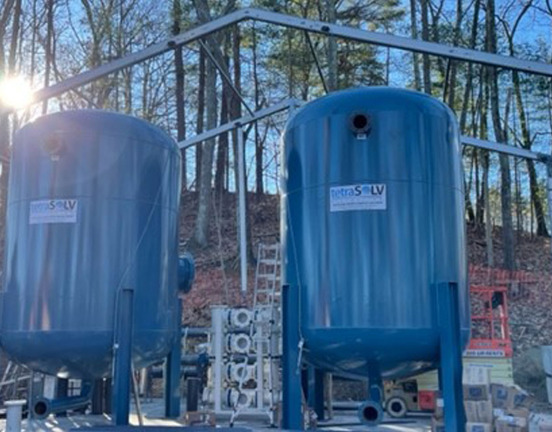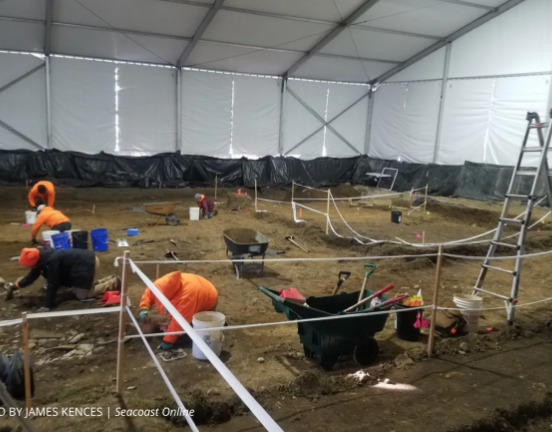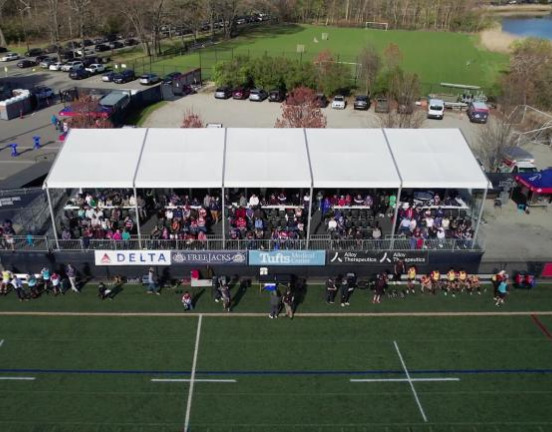Case Study
FIS Ski Jumping World Cup
PEAK Structure Solutions builds variety of temporary structures for FIS Ski Jumping World Cup in Lake Placid, New York
Summary of Project
This project involved activating temporary structures and tents to serve multiple purposes, including providing spaces for Food and Beverage services, Merchandise displays, VIP lounges, and Athlete Seating areas.
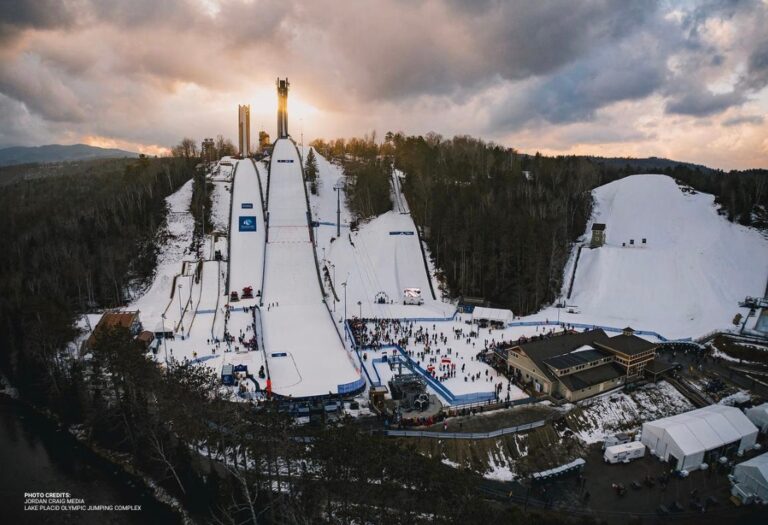
Client Needs
To address the client’s requirements, a variety of structures were essential, each designed to serve specific functions during the event. The client specifically required a warm environment for VIPs and Athletes to dine and relax comfortably, necessitating thorough sealing of the tents to minimize the ingress of cold air.
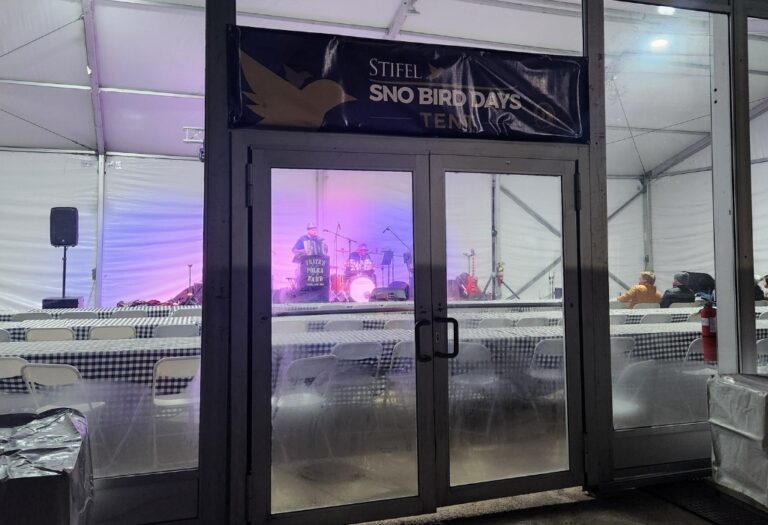
Challenges
Due to frigid weather conditions, meticulous preheating of the fabric was essential prior to installation. Furthermore, the timing of setting up the tents on snowy terrain was critical, as it required careful coordination to ensure optimal conditions for operating machinery on the snow.
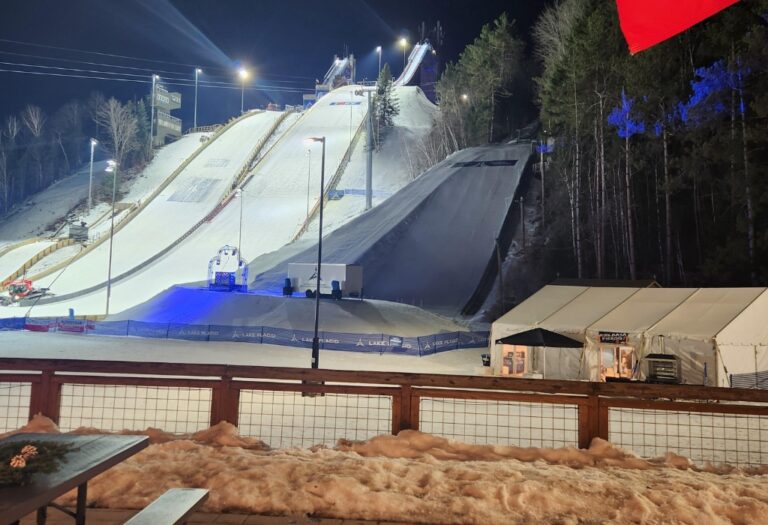
SOLUTIONS
To address these challenges, PEAK Structure Solutions implemented strategic measures. Tents designated for snowy terrain were staged the night prior, ensuring they were ready for prompt relocation and installation early in the morning when the snow had solidified. Additionally, we utilized truck-mounted heating systems to warm the fabric beforehand, facilitating smoother installation processes for both the main tent and ancillary structures.
Results + Takeaways
PEAK successfully delivered on the client’s requirements within the designated timeframe, maintaining open communication throughout the installation and dismantling processes. The client expressed utmost satisfaction with the outcome, praising the aesthetics and functionality of the setup. Additionally, PEAK demonstrated flexibility by adjusting the installation schedule to accommodate the public’s needs, allowing for an extra day of open parking lot access.
Unique Attributes
In both the athlete and VIP structures, we incorporated glass surrounds around the doors, enhancing the openness and accessibility of the space for occupants. This feature not only provides a welcoming entrance but also offers a visually inviting environment, fostering a sense of connectivity with the surroundings

